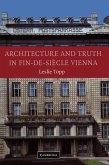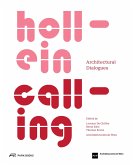
Gebundenes Buch
9. Dezember 2010
Cambridge University Press

Gebundenes Buch
Psychiatric Spaces in Historical Context
17. Mai 2007
Routledge
Ähnliche Artikel

Gebundenes Buch
Creative Media Partners, LLC

18,99 €
Versandfertig in 1-2 Wochen

23,99 €
Versandfertig in 1-2 Wochen
Broschiertes Buch
A History and Philosophy Perspective
13. November 2023
self-publisher

Broschiertes Buch
The case of Palmyra
16. November 2018
Edizioni Accademiche Italiane

Broschiertes Buch
lun bin zang yong di qu wei lin bi chong tu guan li ce lve
6. März 2017
¿¿¿¿¿¿¿

The Truth of Revelation, Demonstrated by an Appeal to Existing Monuments, Sculptures, Gems, Coins, A
Gebundenes Buch
15. März 2019
Creative Media Partners, LLC



Gebundenes Buch
Creative Media Partners, LLC

Broschiertes Buch
museum, flagship store and development centre for KTM with additional freestyle park and club
1. Juni 2016
AV Akademikerverlag
Ähnlichkeitssuche: Fact®Finder von OMIKRON
